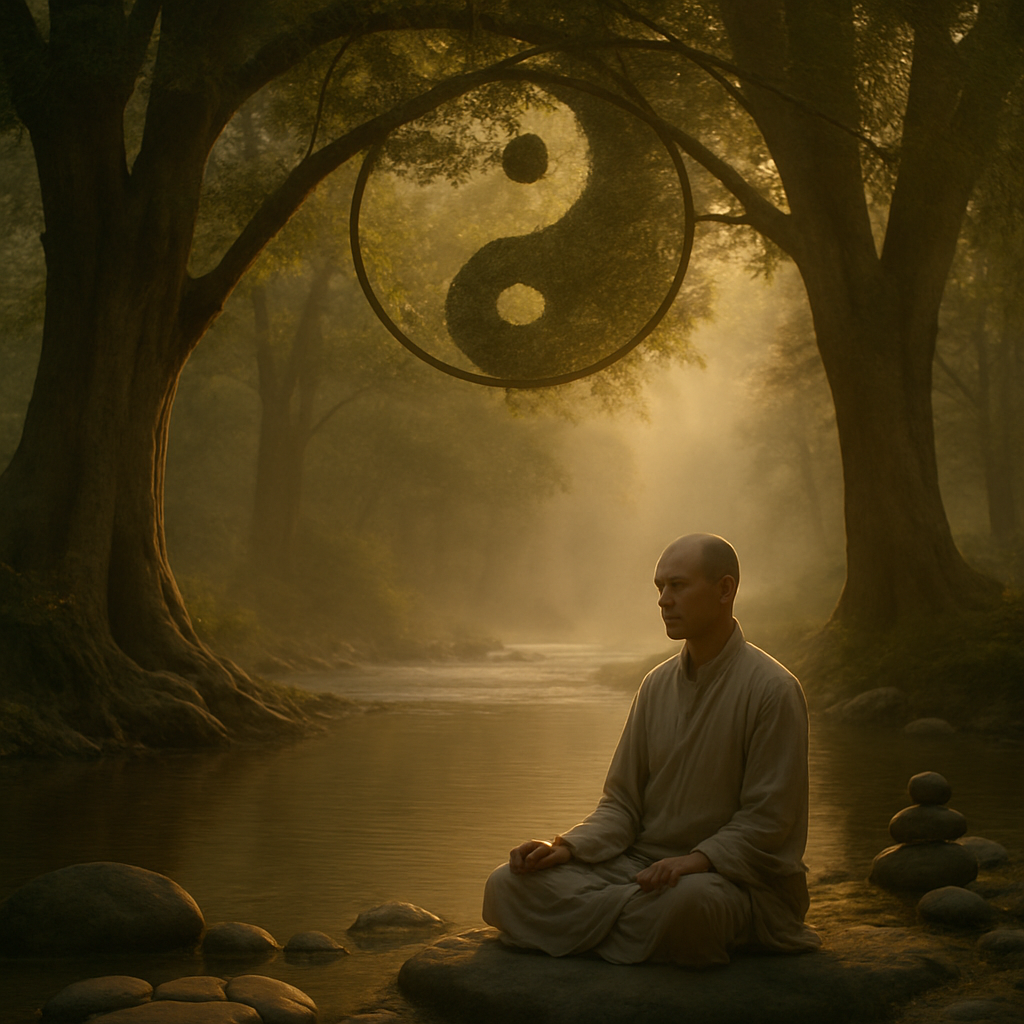Exploring Taoist Practices: Harmony and Balance in Chinese Culture
By Lukas Thiele • May 26, 2025
Introduction
Taoism, an ancient philosophical and religious tradition of Chinese origin, offers a unique perspective on life through its emphasis on harmony and balance. Rooted in the teachings of Laozi, the Taoist philosophy invites individuals to align themselves with the natural world, fostering a sense of peace and unity. As we delve into the practices of Taoism, we uncover a way of life that resonates with the universal quest for inner tranquility and balance.

The Tao: Understanding the Way
At the heart of Taoism lies the concept of the Tao, often translated as 'the Way.' The Tao represents the fundamental nature of the universe, an underlying order that governs all things. In Taoist practice, understanding and aligning with the Tao is essential. This involves embracing simplicity, humility, and compassion, allowing individuals to flow with the natural rhythms of life rather than resisting them. Through meditation and mindfulness, practitioners seek to attune themselves to this cosmic order, experiencing a profound sense of interconnectedness with the world around them.
Yin and Yang: The Dance of Opposites
A key aspect of Taoist thought is the principle of Yin and Yang, the dynamic interplay of opposites that creates balance in the universe. These complementary forces are present in all aspects of life, from the cycles of nature to human emotions. Taoist practices encourage individuals to recognize and harmonize these dualities within themselves, fostering a balanced state of being. By practicing Tai Chi or engaging in Qigong, individuals can cultivate their internal energy, promoting physical health and emotional equilibrium.
Taoist Rituals and Practices
